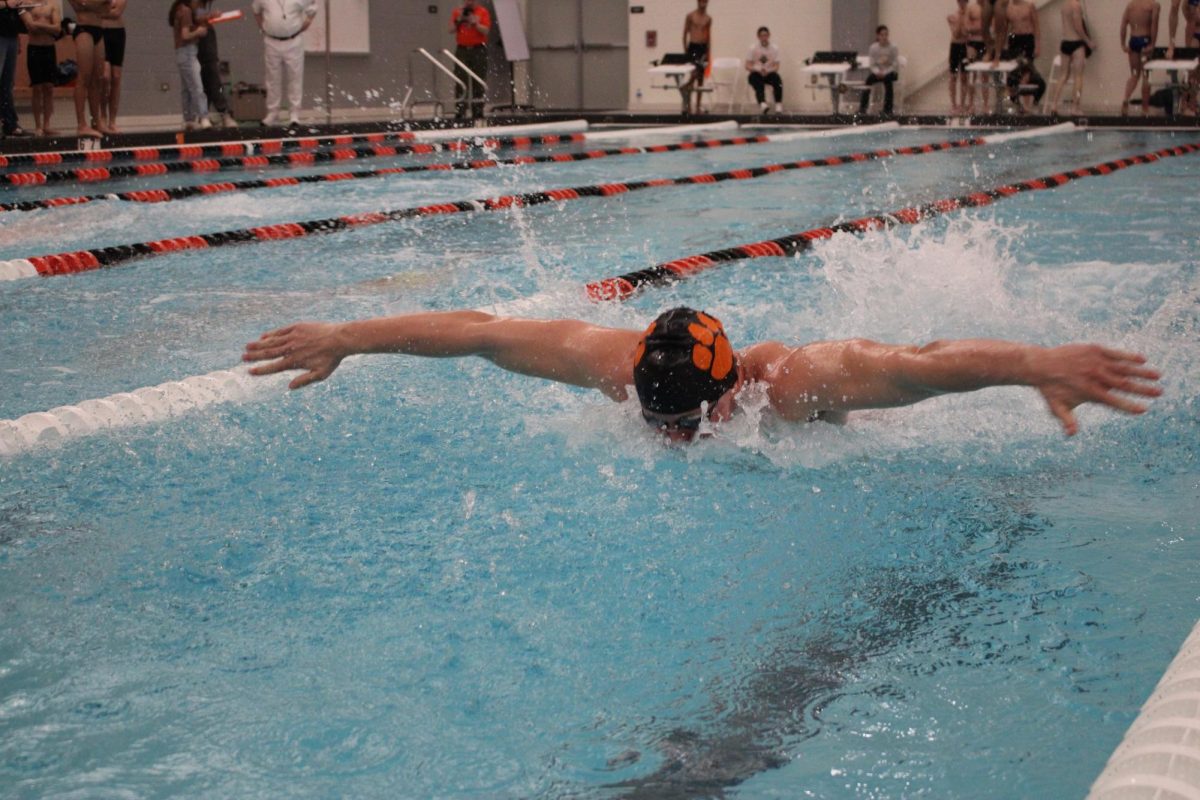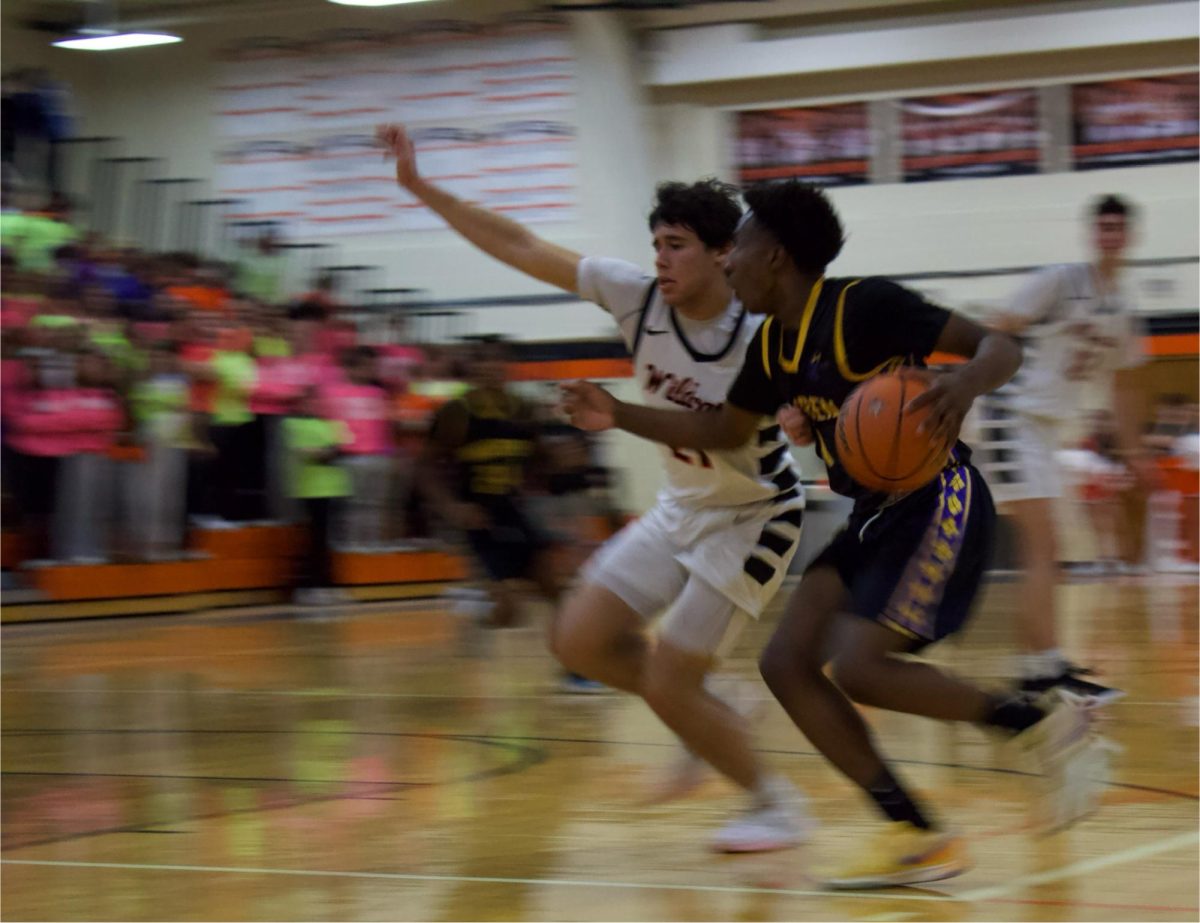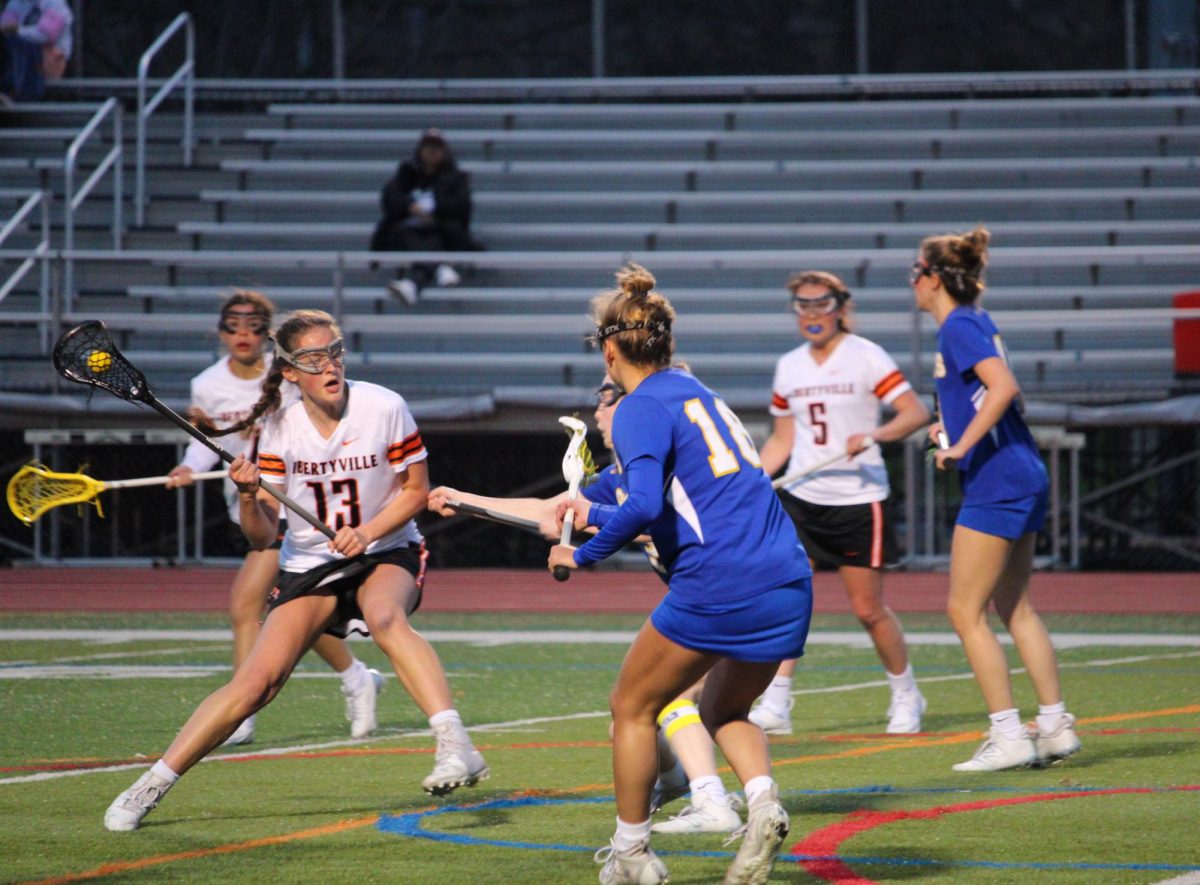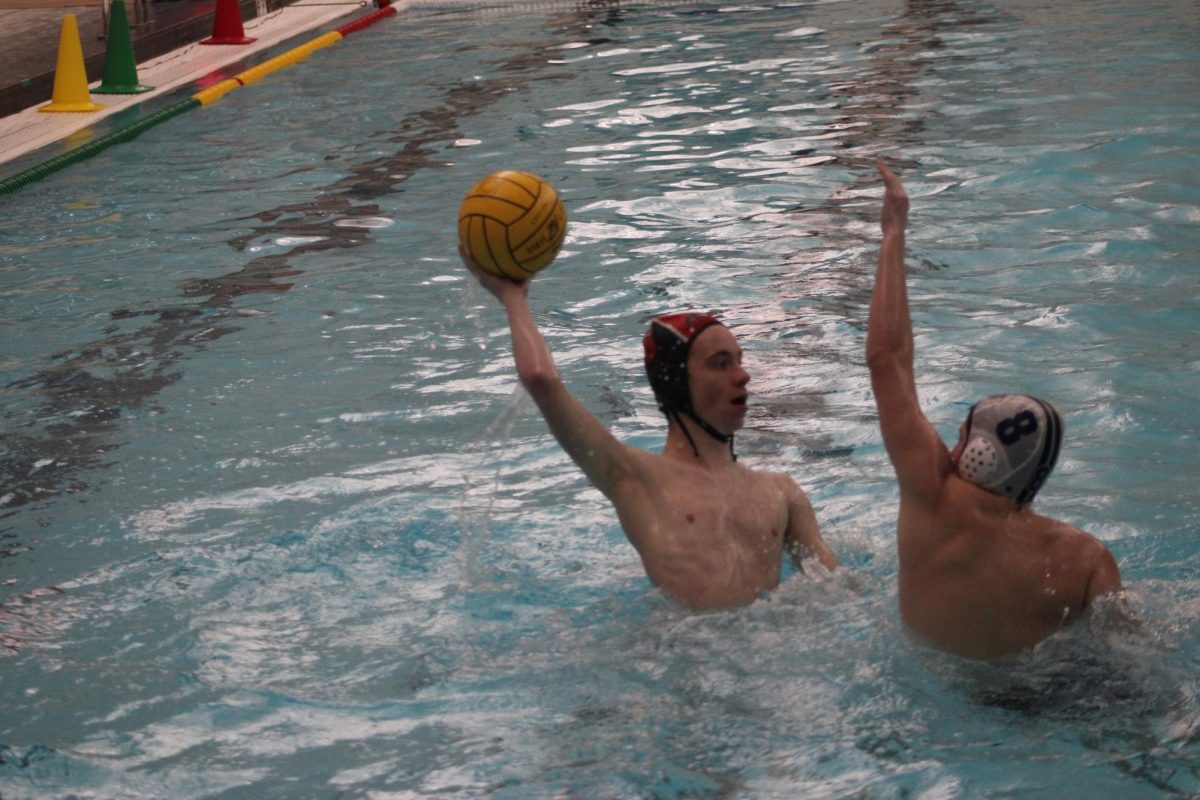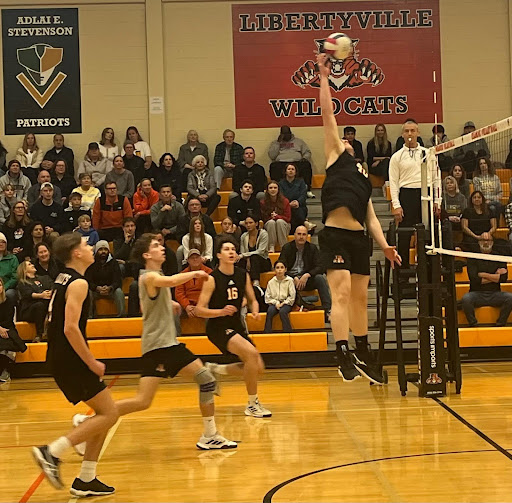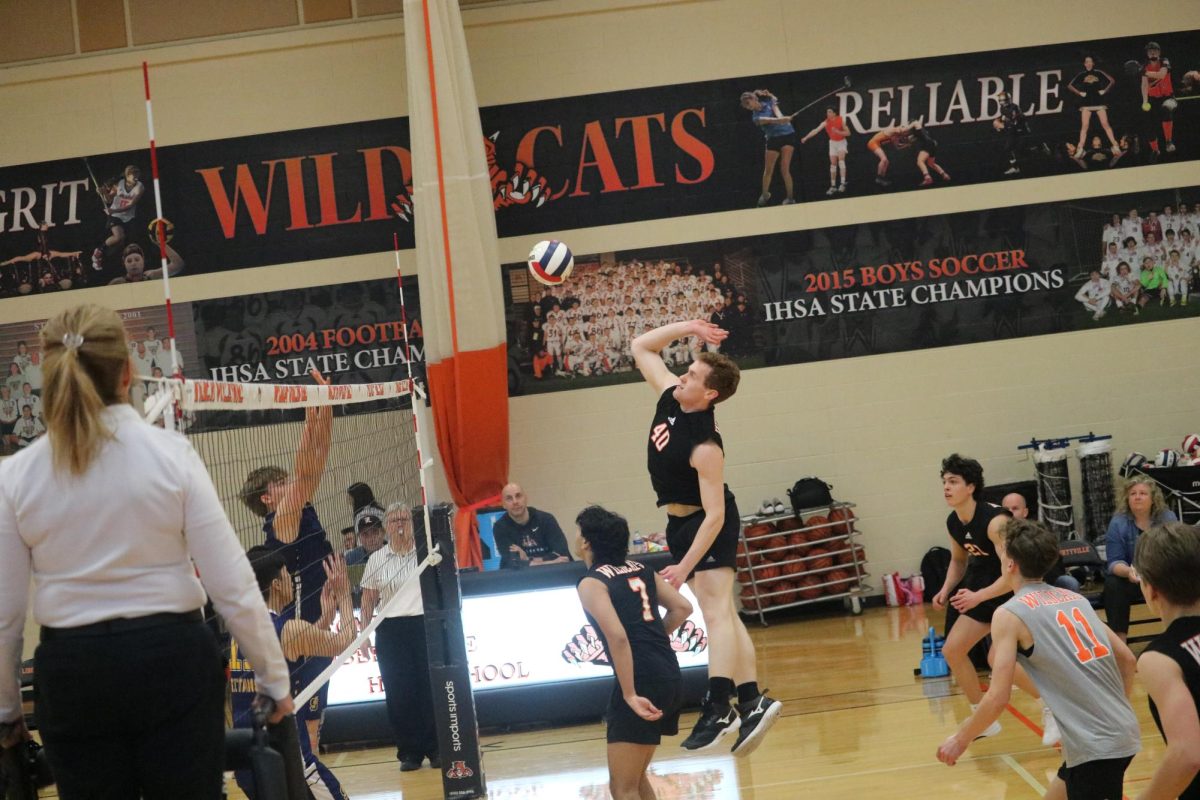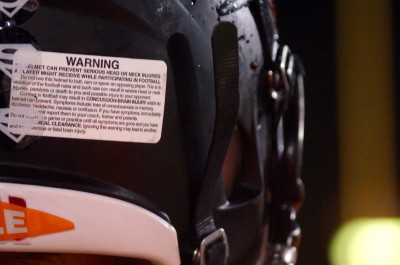
For the fourth straight season, the Wildcats football program as a whole has fewer members than it did in the preceding season.
Consisting of 144 players (49 on varsity, 52 on the sophomore team, and 43 on the freshmen team), the cumulative Wildcats football roster has declined in number of players for the fourth time in the last five seasons. Last year, there were 158 players on the program (56 on varsity, 36 on sophomore team, 66 on the freshman team). In 2011, there were 184 players total (77 on varsity, 41 on the sophomore team. and 66 on the freshman team). In 2010, 187 players made up the team (81 on varsity, 45 on the sophomore team, and 61 on freshman), only one player short of the 188 players in 2009 (68 on the varsity squad, 49 on sophomore, and 71 on freshman). All roster information was provided courtesy of the LHS athletic office.
So what factors are contributing towards this cause?
A major issue that is affecting high school football participation not only at Libertyville but at all schools is concussions. National Public Radio reported that as of 2011, nearly 60,000 of them occur every year in high school football nationwide. For concussed football players, it’s a big milestone just to overcome headaches, dizziness, and low-pitch noises, let alone return to the grueling sport. The mental adjustment is difficult, too.
Junior and ex-player Austin Fuller can attest to both the difficulty and skepticism he experienced of returning to the sport following a concussion. He sustained two of them before going on a hiatus, only to suffer a major one after returning in September 2010, which kept him out of school for eight weeks and sidelined him for nine months.
“Even after my first concussion, in which I was cleared after a week (approximately the national average for a player to get cleared)… I was still skeptical on whether or not to come back because you always have that fear of it happening again, even though I love football.”
Libertyville High-School Certified athletic trainer Ron Russ described the process for concussion evaluation. “We’re first going to look at how the players responds to the injury: are they walking normal, do they feel dizzy, do they look sick, do they look confused, are they moving in the right direction? Then we’ll ask them about signs and symptoms of headaches, sensitivity to light and noise, and memory based questions like what day it is,” he said. “We first go through the symptoms (drowsiness, dizziness, etc.) and then go through day, date, who they played last (memorization things) what are the months, then we do balance activities. If there are any signs of symptoms they’re out for at least 24 hours.”
School nurse Ms. Traut feels that the road to recovery is more difficult following a concussion. She has seen the severity of concussions vary from both ends of the spectrum. “It truly varies from individual to individual,” she said. “It may take them (concussed football players) longer to get back to the sport because they will be more concerned about the level of contact.”
Junior Charlie Murphy reflected on the difficulty of returning to football. He stopped playing after freshman year due to a head and spinal injury. “You have to be aggressive,” he said. “(The difficulty of returning to football after a concussion) depends on what type of person you are.”
Senior and non-concussed ex-player Joe Coffee, who is no longer on the team after not being satisfied with his lack of playing time, credited the staff for helping players return early in what he described as a manageable transition. “The coaches and training staff do a very good job of following protocol,” he said.
LHS athletic director Mr. Briant Kelly also acknowledges that returning to a sport is a risk after suffering multiple concussions. “Studies have shown that it is difficult and not always safe to return to a contact sport or any sport,” he said.
To combat concussions, pre-existing practices are being re-emphasized; coaches are insisting players follow safer techniques in practices, and the use of high-end helmets is being praised to lower a player’s risk of any brain injury. “I think we’re doing as much as anyone can do (to combat concussions),” said Mr. Kelly. “We limited the amount of practice time (to the limit) that the state set forth. I think that would help with less hitting during practice.”
On and off the field, the issue for concussed players is just as serious at the pro level, as the National Football League has faced two lawsuits filed against them. On August 29th, the league reached a tentative deal with a U.S District Judge to compensate ex-players with neurological ailments and their families, pay for medical exams, and underwrite research in a $765 million settlement.
As disturbing facts continue to be revealed, it’s no wonder participation levels are dropping at the middle school ages, and that skepticism of the game’s safety doesn’t seem to be. In 2012, the National Sporting Goods Association reported that over 1 million players have quit from 2006 to 2011, and the majority of players who quit are in the age groups of ages 12-17 and 18-24, and there have not been budget cutbacks at the high school level, according to the National Federation of State High School Association, thus implying that most players are quitting for personal reasons.
USA Football’s own director Scott Hallenback acknowledges that the number of 3 million young football players may change given parents’ concerns about safety. Parents have good reason to; concussiontreatment.com stated that as of 2012, 75% of football players, regardless of level, will suffer a concussion at some point or another during the season.
Yet, there’s a fine line between mentally willing oneself to return and being physically fit to return, as well as a fine line of transparency of what eligible players may claim and the truth. This has become enough of an issue that Congress has taken action, as Pennsylvania representative Charlie Dent (Pa.-R) and Ohio representative Joyce Beatty (Ohio-D) introduced the National Collegiate Athletics Accountability Act, which will require members and athletes accused of breaking NCAA rules be given a formal hearing.
But while research suggests one side of the argument, opponents are arguing on the contrary based on their own experiences. In early September, four former NFL players sued the league and its helmet maker, Riddell Incorporated, for allegedly both covering up information on the dangers of brain injuries as well as failing to protect NFL players. The four are seeking medical implications for past, present, and future players.
Concussions don’t just have long term effects on the players, but on the people close to them as well. Three wives of the four NFL players who filed the most recent lawsuit claim that brain injuries have deprived their husbands of their services and companionship. It’s common sense that concussions don’t just impact the football players, but their friends and family as well.
As the NFL and Riddell both declined to comment on the situation, the public is continuing to question the transparency of football governing bodies. And for various reasons, people feel that not all of the research is being revealed: after all, ESPN canceled their FrontLine documentary about the effects of concussions in the sport. The same congressional bill (the National Collegiate Athletics Accountability Act) also requires more transparency from the NCAA regarding information on these injuries.
Yet could this lack of transparency be a result of our support of the game itself? On the fan level, most of us appreciate seeing the violence of the game on T.V or at the stadium, but still don’t promote injuries. So does that equate to a game that still has increased risk of injury because of the players instead of the equipment or technology? Even Ms. Traut fits herself into the category of the fan who wants to see the bigger, stronger guys going after it in the violent sport and not see the integrity of football compromised.
On the executive level, the Walt Disney Company has built a strong relationship with the NFL in order for Monday Night Football games to be televised on ABC and ESPN since 1970. Even though ESPN’s spokesmen deny it, is it possible the network “caved in” to the NFL because they didn’t want to hurt the relationship? After all, they have a $1 billion relationship according to thinkprogress.org.
So how much of the concussion debate has been fueled by popular societal interest in what we want to see out of football? Are we fueling this incompetent battle by demanding this game becomes more powerful and entertaining while expecting safety guidelines to play catch up?
Another factor as to why there are fewer football players is because former football players are focusing on other sports. There are ex-football players that are playing other sports to limit their vulnerability towards head injuries, whether that is as a way to take preventative action or to follow protocol following a brain injury. Mr. Kelly was able to elaborate on this common occurrence. “Some ex-football players are pretty good in winter or spring sports so they’re not coming back because of the increased risk of injury and they want to do well in their other sport,” he revealed.
“Typically this occurs between sophomore and junior year. That’s primarily because there are more cuts during these years.” He thought that participation in other sports is one particular reason why there are fewer players from the class of 2014 this year compared to last year.
“Our numbers also used to be off the charts for a school with a student population in the 2,000 range. We used to have as many players as schools such as Stevenson and Warren, which are both bigger than us,” he said.
At least one former player agrees that some ex-football players want to focus on other sports. “Almost every one of the players… that has quit wanted to pursue another sport, myself included,” remarked Colton Bast, a senior who is spending his first autumn not on the gridiron as he is currently preparing for the wrestling season, which is in the winter.
Yet, there are athletes willing to participate in multiple sports despite safety risks. Varsity team senior Justin Jost happily decided to continue playing football after suffering an ankle injury in January that sidelined him through March, which occurred when he played basketball, his other sport. “I’m a person who doesn’t quit,” said Jost. “When you’re running through the tunnel on Friday night, there’s nothing like it”. He didn’t mention anyone suggest that he stop playing football or basketball when he was cleared from that injury. “(After I got cleared from my last injury), there was a feeling of belief… everyone was so happy”, he said. “I was just told not to do anything stupid (to possibly re-injure myself).” Unfortunately, Jost was plagued by another injury, this one ending his football playing career. Even despite having to cheer from the sideline to due an anterior cruciate ligament injury in summer camp, he hopes to be back for basketball season to wrap up his high school playing career.
The time commitment to football is also a challenge to keep up with. During the school year, the football team has only two months off after the season ends before they resume lifting four days a week for the remainder of the school year, only to instantly head back to summer camp to prepare for the next season. It’s no wonder that juggling co-curricular activities, academics, college visits, and/or work on top of football is also a challenge.
However, Jost says the coaching staff strives to assist the players in the process by helping them succeed in the classroom. “There are tutors for the players; the staff really puts an emphasis on academics, that’s the top priority,” he said.
Varsity head coach Mike Jones declined to comment on the declining number of players in the program.



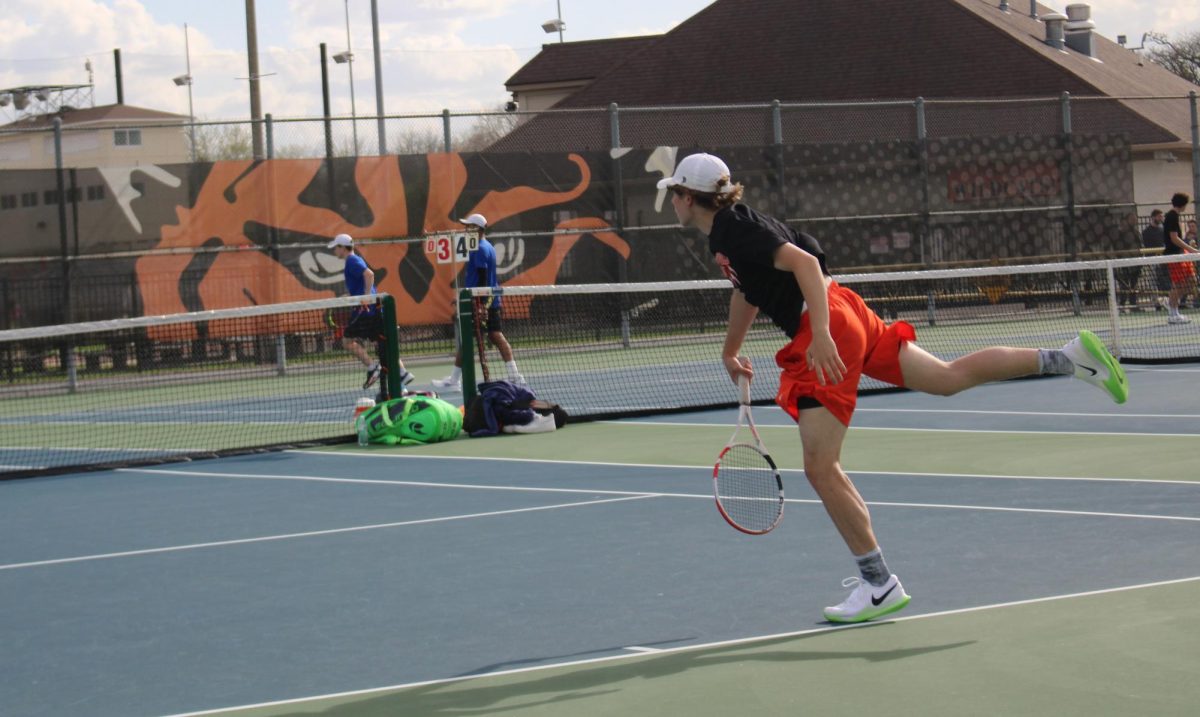
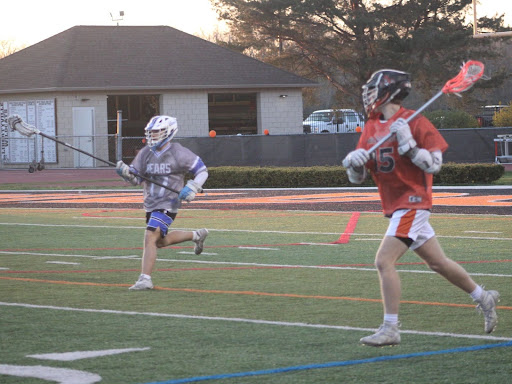
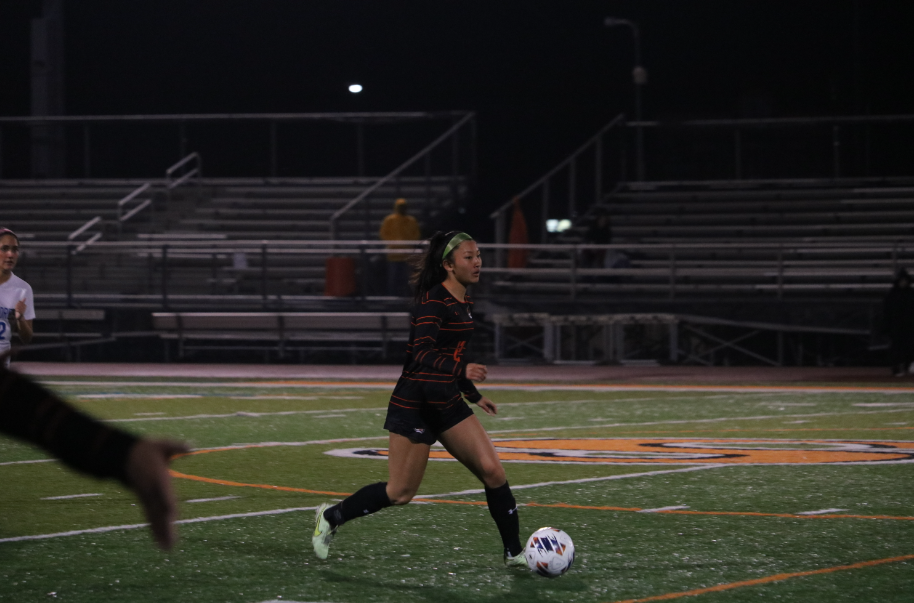
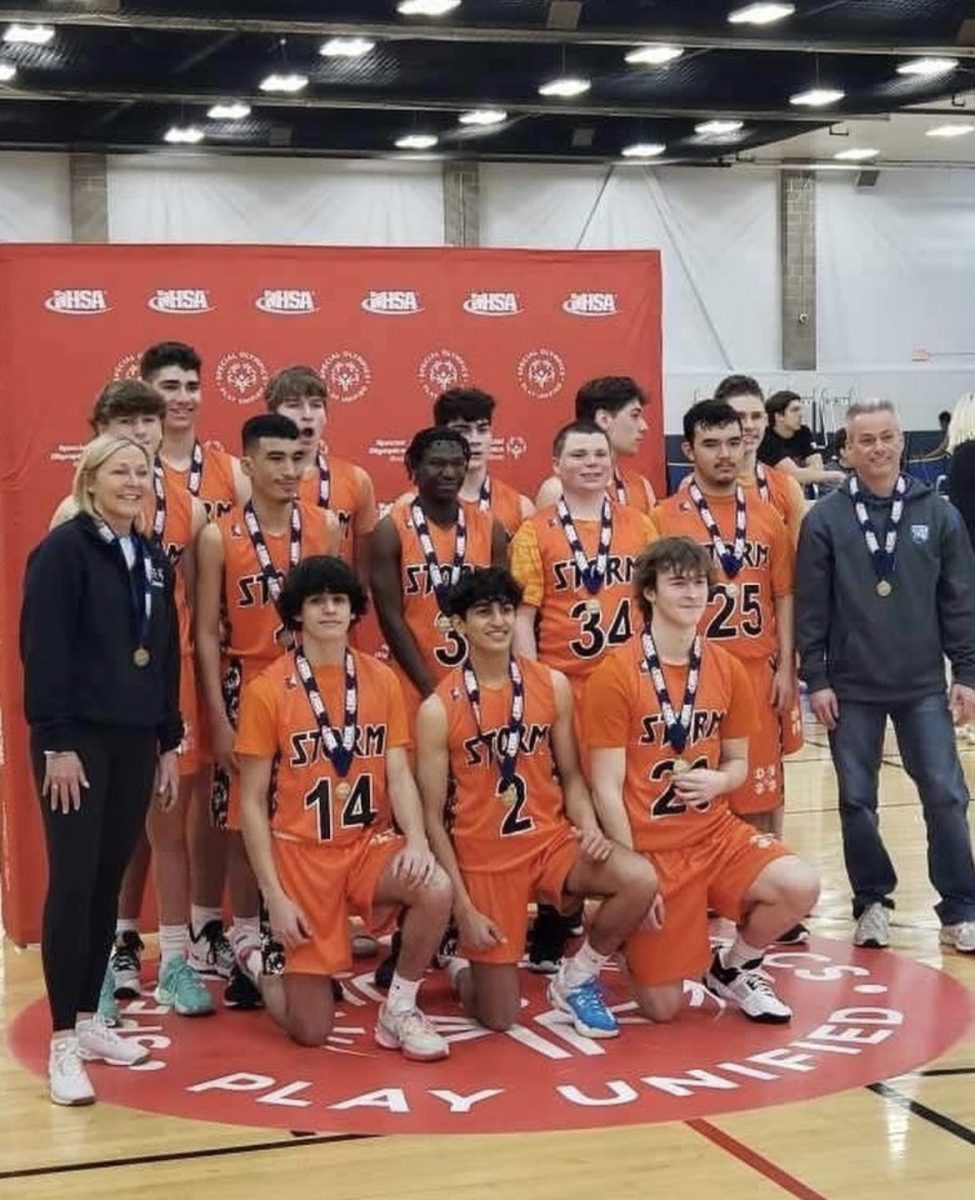
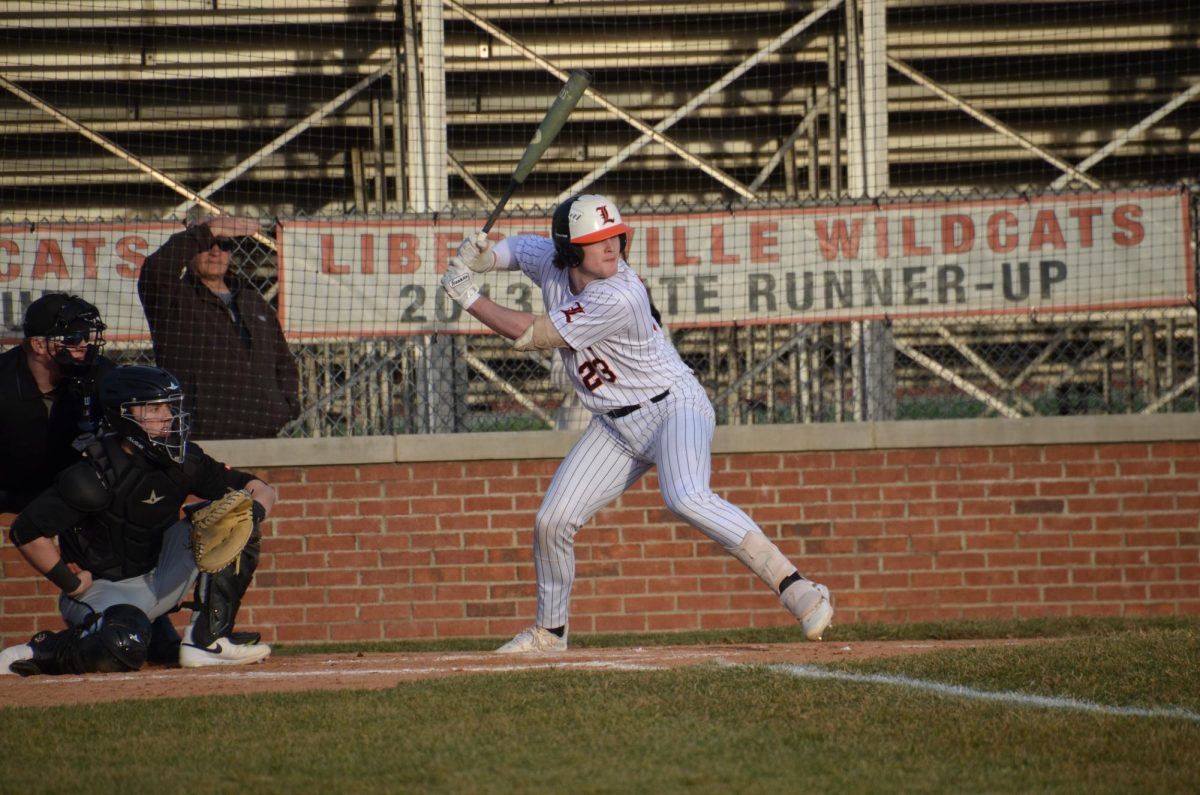
![For the final piece, a combination of Symphony Orchestra and Wind Ensemble played an extravagant song by Paul Hindemist. Flute soloist Dakota Olson had her moment highlighted within this song. “[My solo] was definitely challenging but it was fun too,” Olson said.](https://www.lhsdoi.com/wp-content/uploads/2024/03/amy-and-joey-shot-1200x800.jpg)
